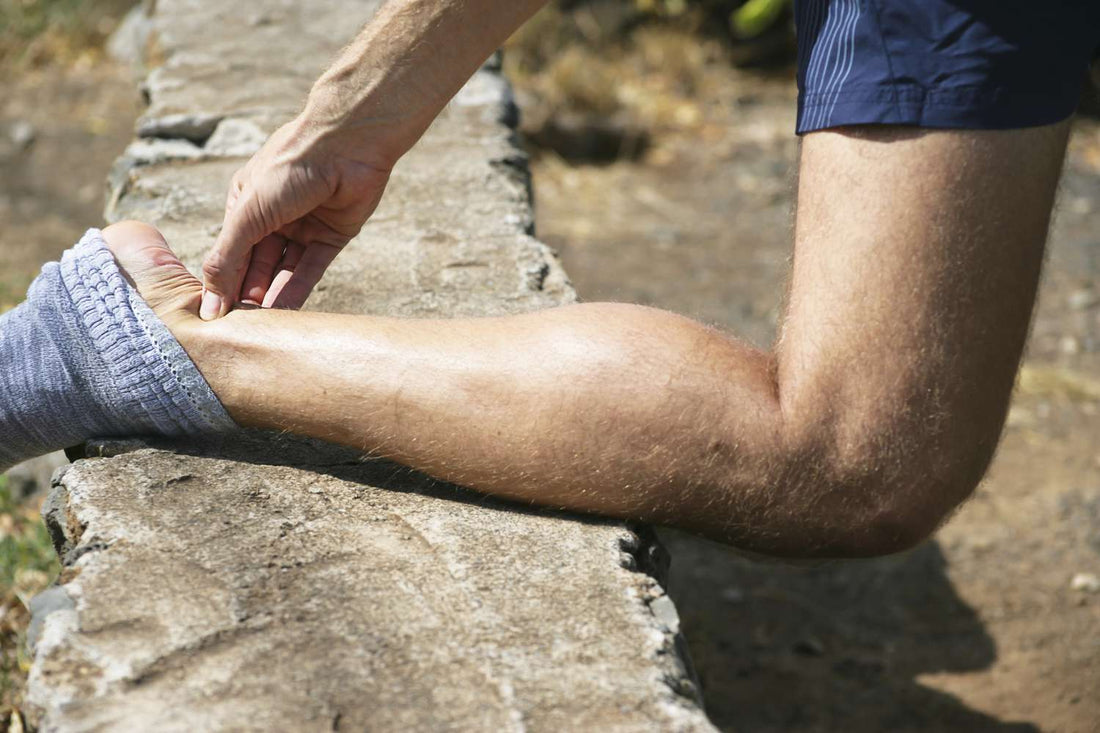Tendonitis, also known as tendinitis, is a condition characterized by inflammation, irritation, or swelling of a tendon. Tendons are thick, fibrous cords that connect muscles to bones, and they play a crucial role in facilitating joint movement. Tendonitis commonly occurs in areas where tendons are subject to repetitive motion or overuse. Common areas affected include the shoulders, elbows, wrists, knees, and ankles.
Physiotherapy (physical therapy) is often a key component in the management and rehabilitation of tendonitis. Here are some general principles and information related to physiotherapy for tendonitis:
Assessment: A physiotherapist will assess the affected area to determine the extent of inflammation, identify contributing factors, and assess any related muscle imbalances or weaknesses.
Pain Management: Initially, the focus may be on pain management through techniques such as ice or heat application, electrical modalities (like ultrasound or TENS), and possibly anti-inflammatory medications as prescribed by a healthcare provider.
Rest and Modification of Activities: The physiotherapist may recommend modifying or avoiding activities that exacerbate symptoms. Rest is often a crucial component of the initial phase of treatment to allow the tendon to heal.
Stretching and Strengthening Exercises: As symptoms improve, the emphasis shifts to stretching and strengthening exercises. Specific exercises are designed to improve flexibility, restore normal joint mechanics, and strengthen the muscles surrounding the affected tendon.
Eccentric Exercises: Eccentric exercises, which involve lengthening the muscle while it's contracting, are often prescribed for tendonitis. These exercises can help with tendon remodeling and strengthening.
Joint Mobilization: If there are joint restrictions contributing to the condition, the physiotherapist may use joint mobilization techniques to restore normal range of motion.
Biomechanical Analysis: The physiotherapist may analyze your movement patterns and biomechanics to identify any issues that could contribute to the development of tendonitis. Corrective exercises or modifications to movement patterns may be recommended.
Education: Education is a crucial aspect of physiotherapy. Patients are typically educated about proper body mechanics, ergonomics, and lifestyle modifications to prevent re-injury.
Progression of Activities: As the patient progresses, the physiotherapist will gradually introduce more challenging activities and exercises to promote functional recovery.
It's important to note that the specific approach to physiotherapy for tendonitis can vary based on the individual, the affected tendon, and the underlying causes. Following the guidance of a qualified physiotherapist and adhering to a prescribed exercise program are essential for optimal recovery. Always consult with a healthcare professional for personalized advice and treatment based on your specific condition.


